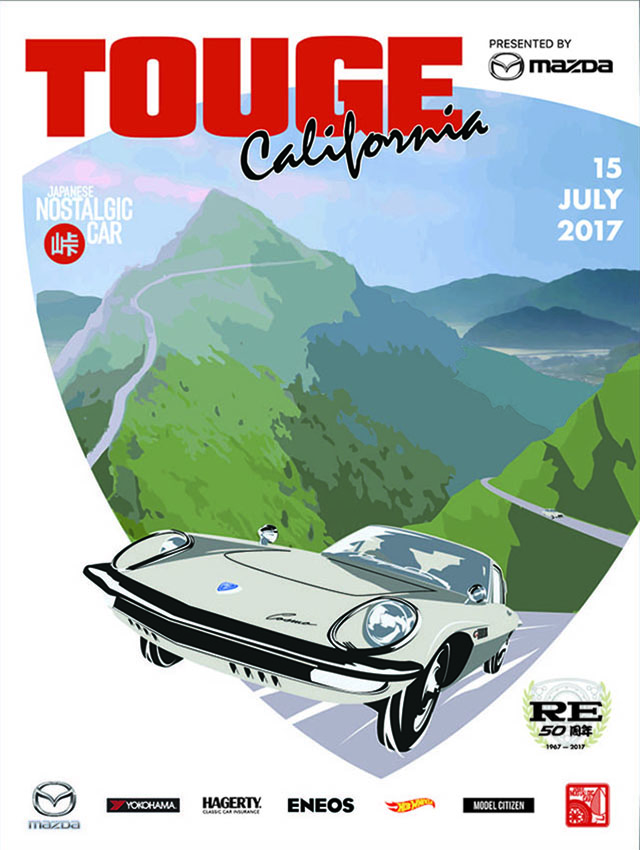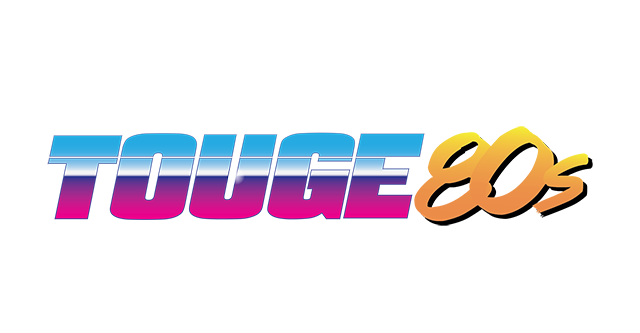It seems like only yesterday the purists were up in arms about the Supra being a BMW underneath. Seven years later, it seems that enthusiasts have come to accept the A90 for what it is, a pure sports car that exists in spite of a dying segment. A rarity. But time waits for no one, and the Supra must also drive off into the sunset. The 2026 GR Supra MkV Final Edition will mark the end of the A90.
The MkV Final Edition will be limited to 1300 units in North America and will arrive in two phases. The first phase will consist of 900 finished in one of three gloss colors, Absolute Zero (white), Nocturnal (black), or Renaissance Red 2.0. The second phase take effect in fall of 2025 and will offer the remaining 400 Final Editions in Burnout (matte white) or Undercover (matte black).
The second phase cars will also be available with the GT4 Style Pack inspired by the Supra GT4 Evo2 race car. Visually, that means a GR graphic on the rear quarter panel, higher front tire spats, front wheel arch flaps, and a carbon fiber rear spoiler. Peek through new matte black 19-inchers to see larger-diameter brake rotors as well.
Under the skin, a host of invisible tweaks should make the Supra an even more potent asphalt dancer. It receives improvements to its electronically controlled shock absorbers, electric power steering, and an exclusive differential mapping that Toyota says will help improve traction and reduce understeer.
Suspension-wise, the camber angle has been adjusted and the front stabilizer strengthened. Rubber bushings in the front control arms and rear subframe have been enhanced, and a stiffer underbody brace added. Inside, red is the name of the game. A red GR logo adorns the buckets, red stitching is sewn into the Alcantara, and even the seat belts are red. Last but not least, there’s a red ring around the shift knob.
As you may have heard, the Japanese and European Final Editions come with a rather significant power boost, from 382 horses and 368 lb-feet of torque to 429 horsepower and 420 lb-feet. Unfortunately, the US version gets no such bump. And while the rest of the world’s Final Editions only come with a six-speed manual, Americans get the option of an eight-speed auto.
Toyota is careful to say that the MkV Final Edition marks the end of this particular generation of the Supra, not an end to the Supra name. With the BMW partnership at an close, however, it’s unclear what the future holds, but some speculate that the next Supra may be built in conjunction with Mazda.













Has anyone explained why the Mk5 Supra wasn’t based on the Lexus RC or even the LC,?
I have wondered the same thing.
If one wanted it with an I6 it’d be a tough job reengineering the whole thing just for the engine to fit properly.
And no one wants a Supra with the same V6 hybrid and CVT as your auntie’s Camry.
I don’t understand the rationale for sticking with an I6. It’s not like the Supra name is tied to it as much as RX and rotary.
The GT-R went from I6 to V6 without the same hang-up. (maybe because the Z already made the leap much earlier)
I wouldn’t have mind if they did it like the Z30 and A80: have the Supra be a lightweight, manual version of the LC500 with the V8.
Cost, size, and weight I suspect.
Personally I do not think the styling has aged well. It is just too overdone with the fake scoops that try to add styling but only detract from the overall design, which was already compromised by the proportions of the BMW platform. If you look at the show car that first offered up the styling, it was on a longer wheelbase chassis.
If you think the styling hasn’t aged well (and I agree) just wait for the BMW underpinnings to do their thing over the next decade. I suspect we’ll see very few of these at JCCS in the 2040s.
Yet another of Toyota’s biggest (but yet fatal) mistakes, instead of stretching out its 86 – because it was only in favor of being specifically powered with a boxer engine (co-developed with Subaru), the carmaker had to seek help with BMW and use the latter’s Z4 as basis for that Supra instead, and while the Corvette (Chevy with a different badge) have already shifted to a mid-engined format, the Supra have decided to keep itself backwards and so the final edition may have been a swansong. (BMW may have developed mid-engined products, but apart from Lotus continuing to make one of them along with Porsche in a similar idea, but periods of slow sales and production runs have even showed that MR layout cars are more likely to have limited sales numbers and so this article too explains how the A90 Supra’s endgame spells a declination for the sports car market.)
While having already mentioned that Trump’s tarrifs are already in place recently, together with other things (both of which even affects Toyota and its models too for ex.), therefore with the incumbent and outgoing Supra have been made on European soil (namely Graz in Austria) Toyota may as well join along with Honda and (both) look after Renault Group – Nissan’s longtime partner – and Stellantis to develop not only future products, but as well as sports and performance cars like I we say that (unlike when the finished product for the Peugeot 4007 and Citroen C-Crosser were revealed as a wholly-Mitsubishi Lancer crossover) the Supra and NSX would share the same drivetrains (both are instead midship) and also both are developed / built on Renault platforms (especially Renault-Nissan-Mitsubishi) in cooperation with Stellantis formerly PSA Group / Fiat SpA later Fiat Chrysler. (Remember the Dinka Jester in Grand Theft Auto? The modern-day variants were a Honda NSX / Acura NSX and the other is a Supra, same goes with the classic.)
So in conclusion, I think that Supra would have been better off to make sense as it were being a partner to an NSX when both of them were co-produced between Toyota, Honda, Renault and Stellantis like when the latter’s Pentastar predecessor did similarly with Mitsubishi (Eclipse, Eagle Talon, Plymouth Laser and Dodge Avenger) as Renault was also invloved there too – when Eagle started as an American Opel / Vauxhall with selling and assembling Renault cars for North American markets and afterwards (when Renault abandoned NA until partnering with Nissan) the same Eagle have opted to deal with Mitsubishi and the Eclipse project wasn’t the only one involved… (As the Dodge Intrepid was derived from Renault technology that was later applied to Nissan cars, the Eagle Vision aka Chrysler Vision was also Eagle’s last model and it was one of them that didn’t share pieces with Mitsubishis along with Eagle’s first cars Wagon then called AMC Eagle, Medallion and Premier…)
I understand that smart people (and companies) are smart with their money, and in a sense, TOYOTA co-working the Supra and ’86 with BMW and Subaru, respectively, make sense from a dollars and sense standpoint.
But a lot of folks never have and never will warm up to a Supra with BMW part numbers over styled to the point of being a small Batmobile, and Subaru motors are a great thing in a WRX, but not in a Toyota for those of us that are fans of the brand, or remember the four-cam Corolla or any of the preceding Supras.
I’m glad that TOYOTA stuck their neck out in a dwindling segment, but I doubt anyone at TOYOTA was really worried about going hungry if they stiffed in the market.